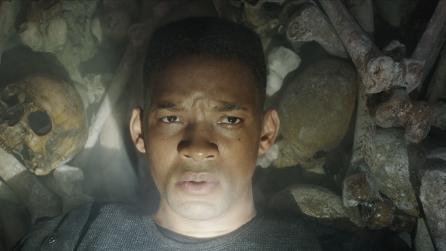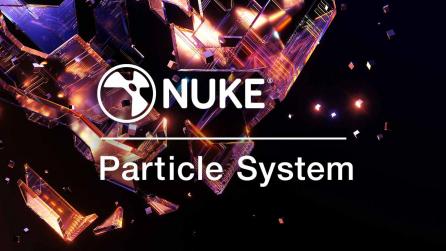Artist Spotlight: Victor Perez
Victor Perez’s love of photography, cinematography and creating amazing aesthetics began when he was just six years old.
It was the late 80s at the time—and Victor’s brother, fifteen years older than himself, began teaching Victor the principles of photography, alongside the burgeoning tech behind cameras and computers at the time.
“I had access to all of that technology from a very early age,” Victor tells us. “One of my first memories that I have is shooting stop motion animation with my Transformers while my brother was working with my father to pay for the gear that I was using. To be honest, I thought he was crazy, but thank God he was because now I really believe I am who I am thanks to him.”
Victor moved to London to start a career in visual effects after studying cinematography and directing in Italy, at the International Academy for Imaging Arts. To help pay bills in the traditionally expensive English capital, he took on an educator role, sharing his knowledge with burgeoning industry professionals.
“I really enjoyed that,” he tells us. “It was helpful for everyone involved, and that is an amazing feeling—to be able not only to tell stories, but to help others to tell theirs.”
Now a freelance director and visual effects supervisor, Victor’s 20-year experience covering world-famous titles such as The Dark Knight Rises, Rogue One: A Star Wars Story and Harry Potter and the Deathly Hallows, neatly summed on IMDB, has led to his well-earned moniker as visual effects compositing guru.
His passion for his craft, and for the industry, is palpable.
“When you finish a movie—if the movie is really good, you are going to feel the journey of the protagonist—and is there anything more beautiful than that? So that for me is storytelling. It’s the ability to change something little within each one of the people in the audience.”
Speaking of his craft, he continues: “In post-production, you have the ability to manipulate reality, and by that manipulation, you create another reality. That is, for me, the craft of gods. So artists are like mini-gods. And that is a beautiful experience. Storytelling is just creating lies.”
His provenance in visual effects lends him particular gravitas to speak about common sentiment in the industry as it gets to grips with this unprecedented period, marked by COVID-19.
Watch below as he discusses how he works with Nuke from his incredible home studio based in Abruzzo, Italy, followed by an exclusive Q&A exploring his set-up and remote working conditions, relationship with Nuke, and advice for artists adjusting to the current climate.
Q: Can you walk us through the current home set-up you’re running, as seen in the above video?
A: My home studio works as an end-to-end post-production and production hub. Every tiny detail has been taken into consideration: I’ve been working with sound engineers, with video engineers and lighting engineers—around 20 people were involved in the creation of this studio. The design was put together in one year, and the execution time was another year. This room is actually a room within a room—it’s lying on springs, so it’s totally sound insulated. I can’t hear anything from outside; they can’t hear what I'm doing inside. It's quite cool also, because it's a cinema, so I can just put the films at the highest sound level and nobody is going to hear anything!
My work as a visual effects supervisor means that I often use this as my screening room, which I can use for revisions online. What is very cool is I can have the revision in the exact same way as the audience is going to watch in a movie theater, thanks to an IMAX enhanced screen with the projector with Dolby Atmos and a Dolby Vision panel, which helps reflect all the possibilities of the image.
The studio has two main areas. There’s the work area, my desk with all the software that I use combined with the PC that I'm using. I’ve got a HP and a Mac, and I can share the entire setup with both computers, at the click of a button.
I have a Wacom Cintiq for when I want to use my hands on the image. Sometimes I like it, because it’s more organic to modify the image that way. It also works as a screening room, so I can screen alongside access to my tablet, allowing me to just draw on the screen. Plus, I can use cineSync or any other software for synchronizing the review or even Nuke Studio now that it’s offering this new option.
Everything is contained in one room, with back-up generators in the case of a blackout. I can work for three hours without noticing there’s no electricity! The light has been calibrated at the standard 65D, so that is not going to influence my impact of the environment light over what I'm calibrating on the screens.
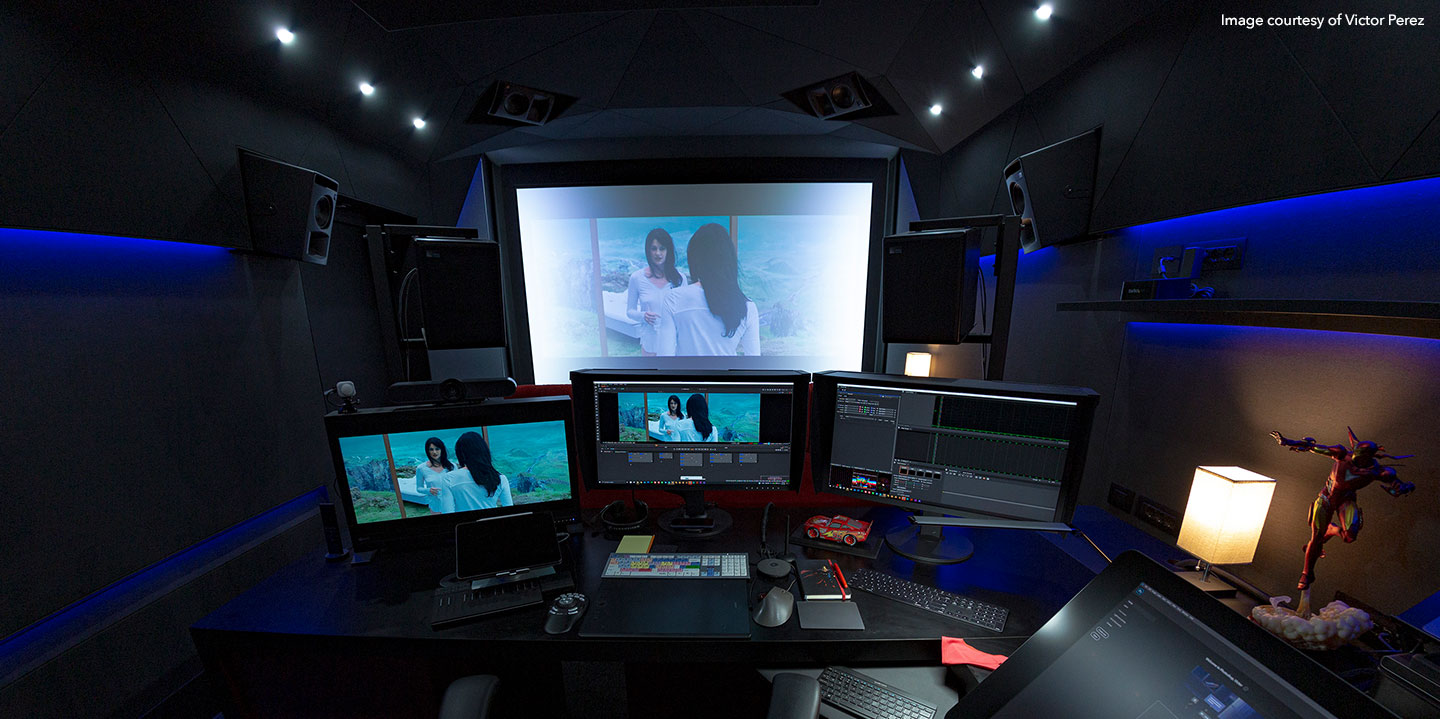
Q: How long have you had this setup for?
A: Coincidentally, all work was finished the first day of lockdown. There were still a few details, but I was adjusting them on my own. It was just perfect timing. I was working in any case, using it sporadically up until it was officially finished.
Honestly, having this studio is a dream come true. I was thinking about this studio for many many years, and now that it’s become a reality, I’ve noticed that my ability to work improved a huge amount. My stress levels are lower; everything is just a pleasure working in this environment.
Q: How has your workflow changed thanks to this setup?
A: Now I have a cinema to check everything, so that changed a lot because I can check Dolby Vision, on a big screen, in IMAX enhanced HDR. I can review everything from the same place; I don't need to go to a cinema or a screening room to test things. Everything is self-packaged, so everything is faster.
I also believe in momentum, so when you are working on something, if I have to stop just to go to another room, that is going to make me lose the momentum—so having things set up in the way outlined above has increased my overall speed. And it’s not only the speed, it’s the quality because I can see details I couldn't see before. By reviewing everything on a big screen, I can see every single tiny detail.
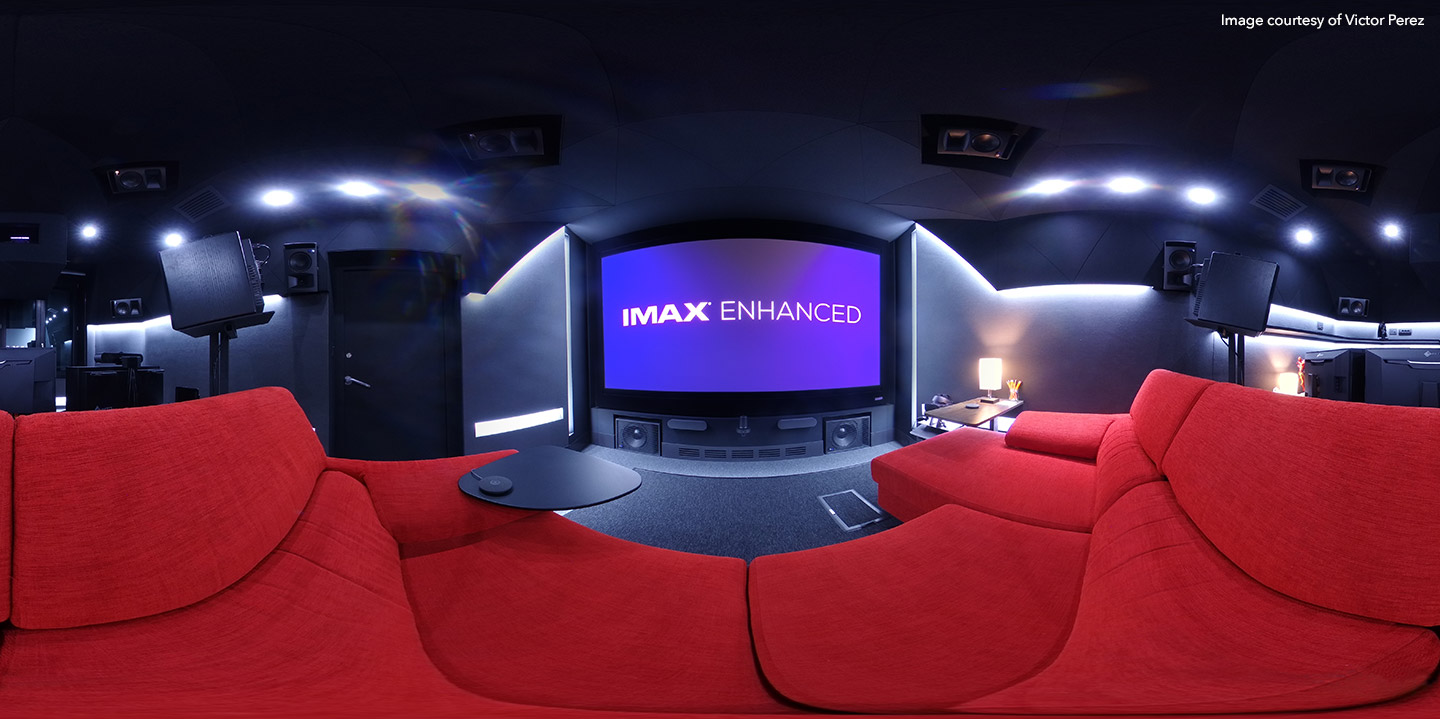
Q: What were the main challenges in enabling you to work from home?
A: The main challenge is the internet connection. Make sure your internet connection is the best possible, because from there that is your contact with the external world—so if your connection is not good, nothing else is going to be.
That and security. I have all the certificates necessary for working under these conditions and having the footage here, or in the cloud, both of which need strong security and a good internet connection. The rest is just fancy instrumentation that of course is very helpful, but if I don't have a good internet connection, I just simply cannot work.
Q: How are you finding the review process with the clients?
A: I think the coolest feature of my studio is being able to sit on a sofa just with my Wacom and keyboard and review on a cinema screen from my home. I can do the reviews and take notes in my own time, then do the same revision or record the revisions and send them using cineSync or any other software. Everything feels very fluid—it’s like working in the same room.
Sometimes the contact is necessary, other times it’s not, because everything is in sync and the quality is perfect for both of us. I just need to make sure that my projector is calibrated every month. Because of the efficiency gains this set-up grants, I can allocate more time to the strict work on the revisions, or propose ideas, or just understand what's going on. When work is made easier like this, your creative mind works way, way better.
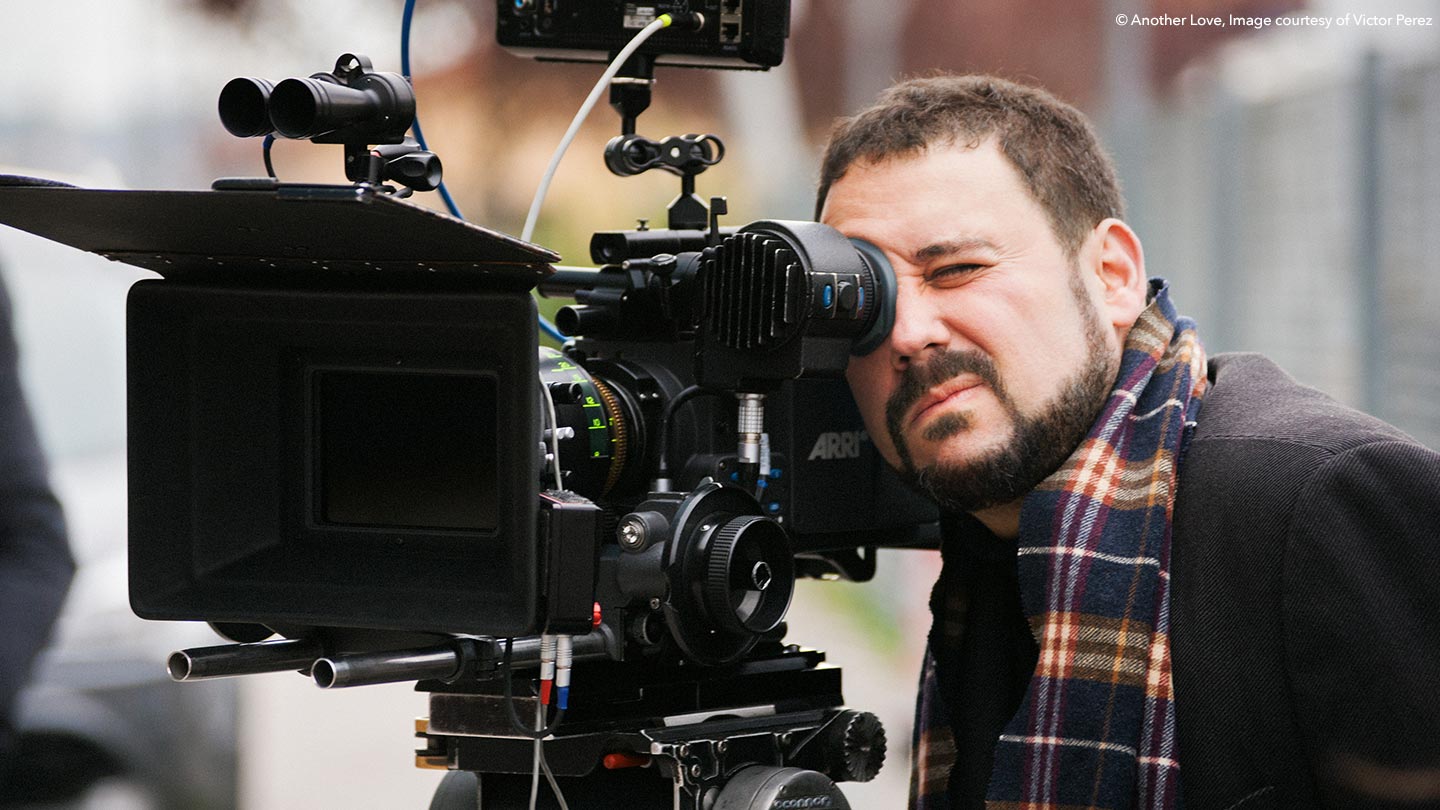
Q: Can you tell us about your relationship with Nuke?
A: I use Nuke for everything; from compositing and pre-comps to better understanding mock-ups. It's an image processor, so, even if it sounds super complex, the software is actually quite simple for the user—even if it has amazing technology under the hood. But for new users, once you know the fundamentals, it's just a very simple nodal based image editor. Things become simple when you know how to use them. Because it's image processing, and a digital image is just maths, you need to understand the maths behind the processing. So, for me, once you understand the fundamentals of those maths and operations, wow—you can do everything.
I also use Nuke for something as simple as renaming files, exporting or as a mini-laboratory to create my rushes or dailies or anything. I even have a set-up in Nuke for creating blueprints for sets. I can recreate 3D sets based on 3D photography–like 360 degree panoramas. By doing projections, I can recreate the set at the scale. So I can understand, for instance, the coverage of a blue screen or green screen, the amount of light I'm going to need, or cables, your wiring for the studio. Things like that—how many people are better because, sometimes you need more people, sometimes you need less people. I can calculate that in Nuke, which is great because it's not just a compositor for me—it's way more.
On my own, I don't know what I’d do without Nuke, honestly. I feel like a painter without pencils or without brushes, so I'm useless if I cannot express my art through that. For me, Nuke is my best brush as a painter.
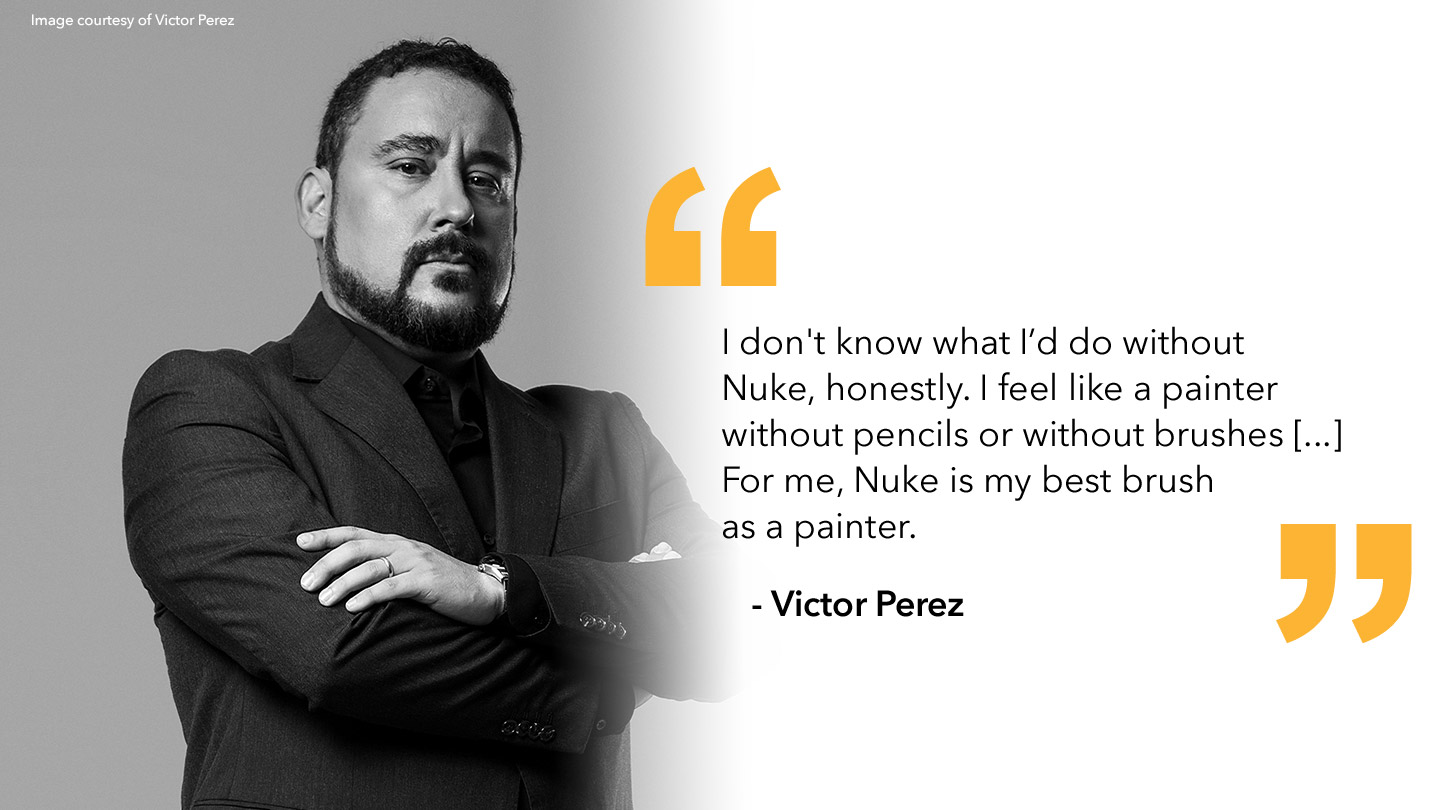
Q: Who first introduced you to Nuke?
A: I was at film school, many years ago, and a teacher of mine—specialising in cinematography—told me, ‘you are really good with compositing’. I honestly had no idea that what I was doing for the past 15 years was compositing: manipulating images and putting them together to look a certain way. He made me aware of a course in the US run by Steve Wright—I feel so ashamed that I didn't know Steve at that time. He was the one that first introduced me to Nuke.
We were studying Shake at the time; I was using Shake before, but we were learning more about the compositing craft, rather about the software. I remember one day during a lunch break, Steve told me ‘Nuke will replace Shake, and it will become the standard because it has this.’ And he showed me the 3D space in Nuke, with the camera projection workflow. Not so coincidentally, just a couple of years later, the whole industry changed in less than six months from Shake to Nuke. So thank you, Steve.
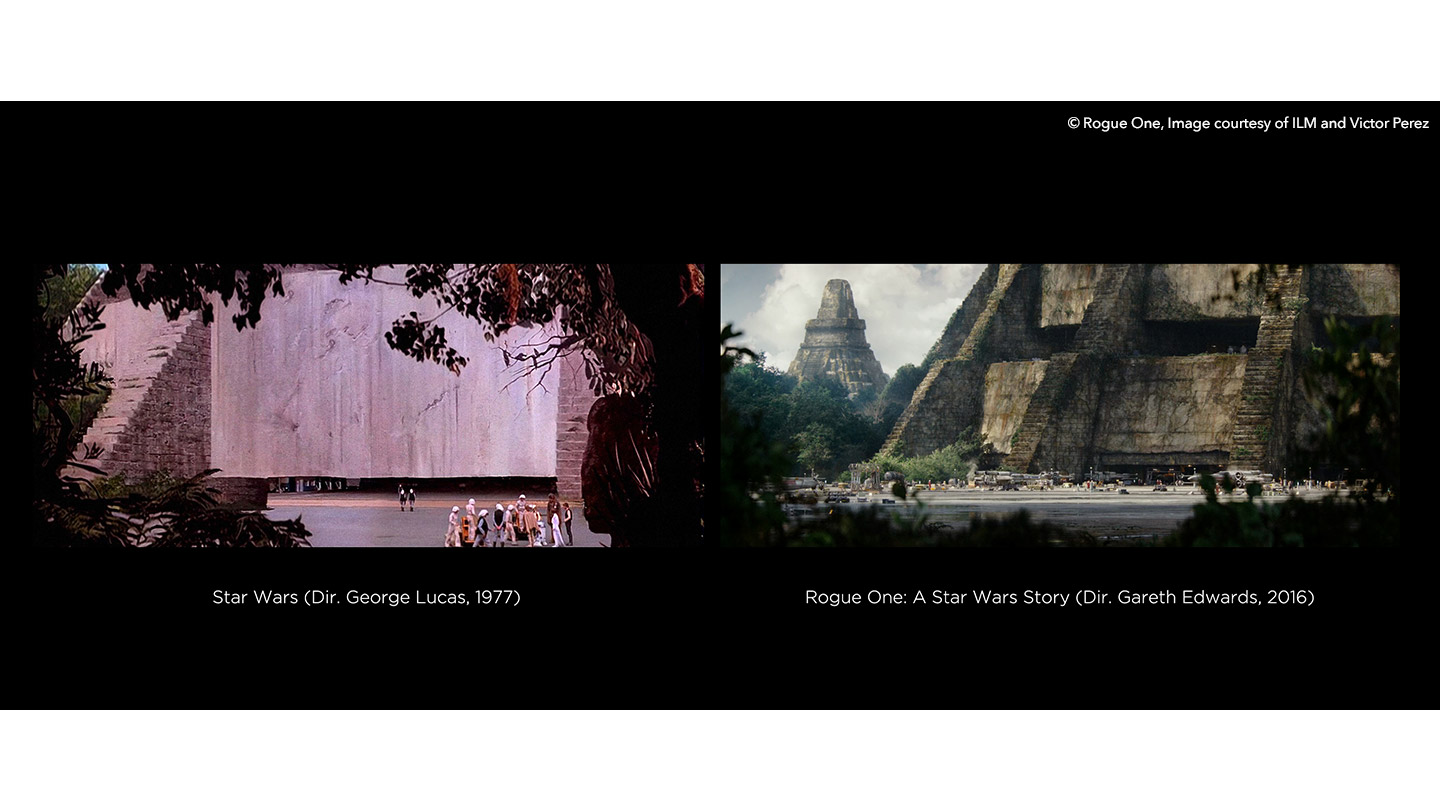
Q: What have been some of your most exciting projects to work on, and why?
A: The one that I'm more emotionally involved in is definitely The Dark Knight Rises. It's because I remember when I was studying at film school, I watched Batman Begins, and it moved me—because it wasn't about superheroes, it was about people. It wasn't about exploring powers or saving the world. Instead, it was demonstrating a maturity to tell a story. I remember I got out of the cinema and thought, I really would love to work with Christopher Nolan, and then since Batman is one of my favorite characters, I would love to work on a Batman movie.
Years pass, I find myself in London, and they call me from Double Negative to work on The Dark Knight Rises. I was elated; I got to work with one of the most important companies that I’d always respected and loved, whilst working on a Batman movie, alongside Christopher Nolan. Three birds with one stone! It was an amazing project. I remember I was working with IMAX footage; real IMAX scans, and that was massive for that time.
I’ve also worked on Rogue One—on a particular shot made as homage for George Lucas, because in the original movie in '77, George was constrained by the technology of that time. Visual effects weren't digital, so there were physical limitations, and this particular shot I worked with was actually a reconstruction, with the present-day technology. I tried my hardest to pay justice to what George always wanted to do.
Q: Did you use Nuke on these projects?
A: Of course, I always use Nuke for compositing. Now that I am a visual effects supervisor, I use it even for planning, for processing, or reviewing. It's an image processor and it's the best—and even more important, it's the standard, so everybody's using it. It's made for the industry by the people in the industry, so they understand what we need. I’ve always used Nuke for projects since it became the standard—since I first actually learned Nuke. As mentioned above, I was living a bit in-between Shake and Nuke in the mid-2000s, but I haven't touched any other compositor in all these years. It's clearly the best way of processing an image in a photorealistic way.
Q: Do you use Nuke outside your work life? If so, could you give us some insight into how you use it, and why?
A: I love to use Nuke for many tasks: for instance, recreating the environments for planning and designing visual effects supervisions. Coverage, lighting, camera angles and so on. I’m so familiar with Nuke that I designed this home studio I’m working from right now in Nuke itself. It has everything I need; I can do projections and, for me, it was more about the volume, so when I started working with the designer of the studio, he was visualizing certain things for me.
But there was one part of the studio that nobody got my vision when I wanted something very specific, and that was the ceiling. The ceiling of my studio is an acoustic diffuser that is calibrated for getting the right amount of absorption and diffusion of sound, and also light—a complicated ask! The best way of showing this turned out to be creating the space of the studio in Nuke. I could go in, modify points on the ceiling just to create the origami style, and in the end we found a solution that is elegant, stylized, and technically functional.
When I'm having ideas, I translate those ideas into nodes. It's just simple because I know how to use it and Nuke is not that difficult once you get to grips with it. In the beginning you need to understand the nodal base idea, but once you are there, you never change to another thing—trust me.
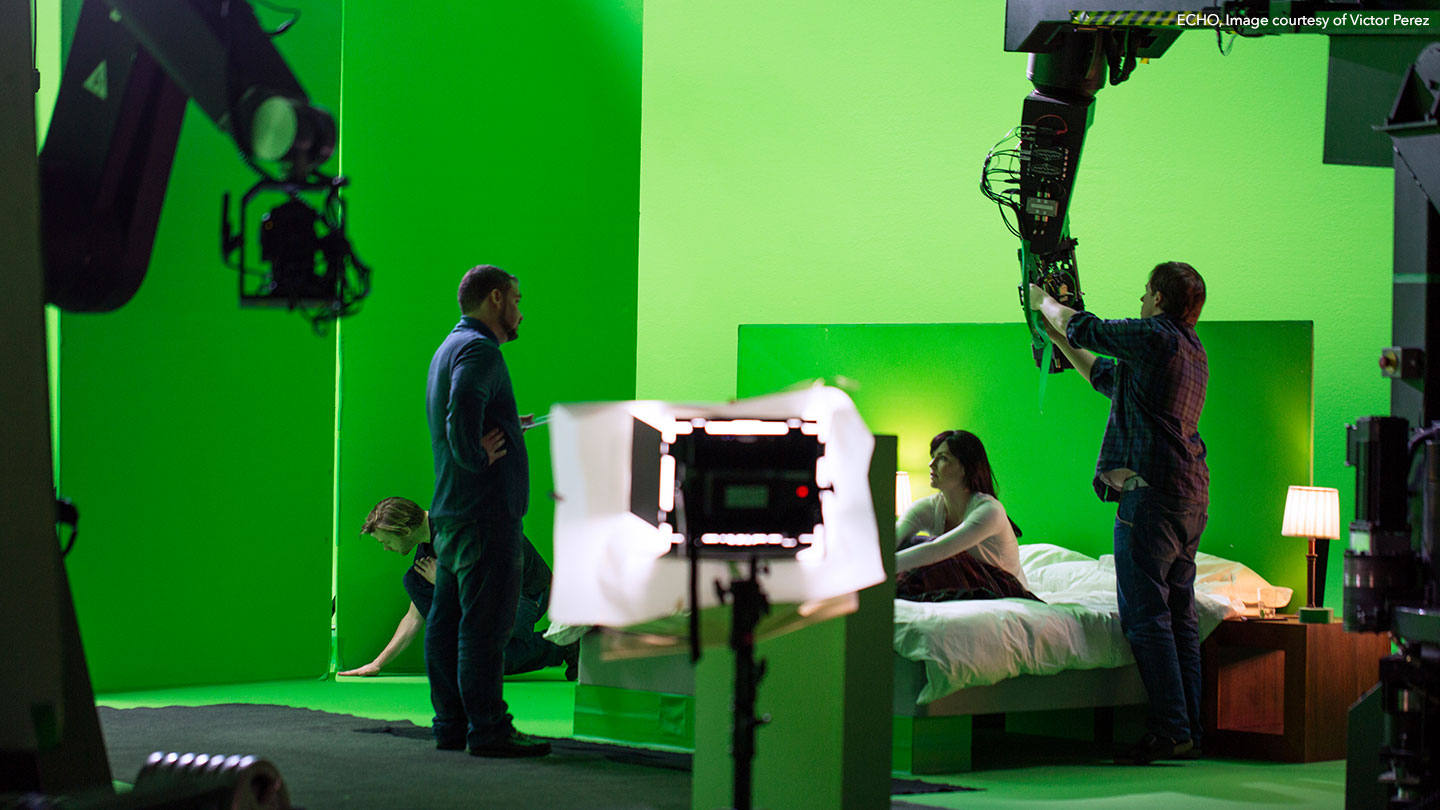
Q: Your home studio is especially useful now given the current climate. How has the coronavirus affected your business and the way you work?
A: To be honest, for me personally, it didn't change anything. I'm just working from home, doing the same thing that I was doing before. I’ve been working with companies in Canada, China, Russia, London and so on, all whilst working from here, so I don't need to be there in person.
What is important is how you work; how you feel about what you’re doing. What is your philosophy? That, for me, doesn't change, even when working remotely. If you're working remote, you need to be super self-disciplined. I'm always thinking about using my time wisely. Giving to my work the best of myself, but remembering also that there is a life. If I don't have a life, how can I tell a story?
Q: Do you think there will be any positives from this once the world returns to normal and if so, what are they?
I think the most tangible positive change we’re going to see—whether we wanted it or not—is that working from home is possible. We just need to figure out right now how to do it, to preserve security and a workflow with human contact. Right now, we’re in an emergency, so we’re just covering holes to stop the boat from sinking. But once we are there, we’re going to learn from this experience—I’d love to think that we are going to change the industry.
Q: What advice would you give to artists working remotely amidst the current climate?
A: The best piece of advice I can give you is focus on what you’re doing. If you are working remotely, there are so many distractions. Try to find your spot, your balance. Work on that because everything else, while you are working, is just background noise. So try to keep it as background noise. Find your place, be calm, be safe, and keep producing awesomeness.
Produce awesomeness with Nuke
